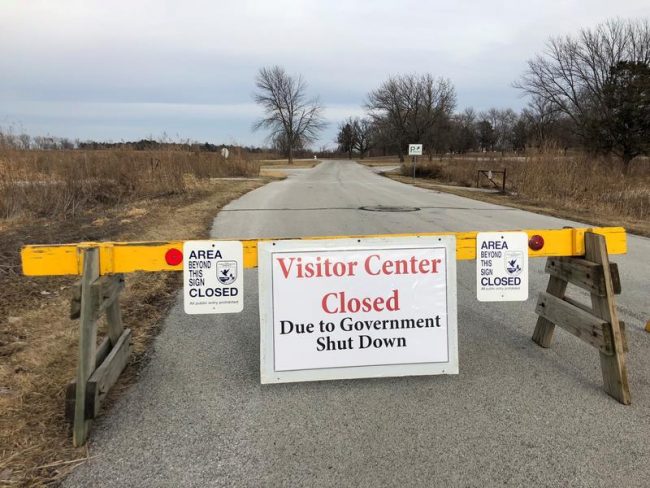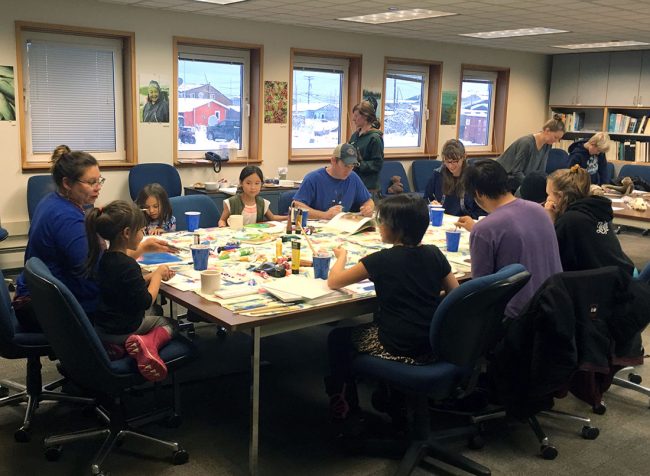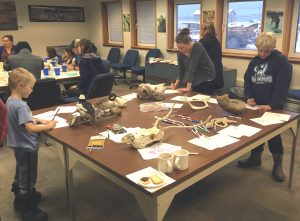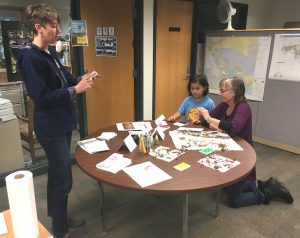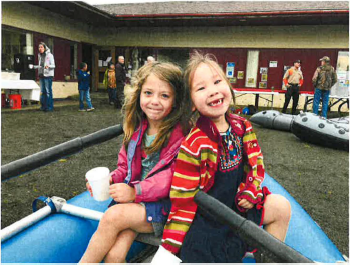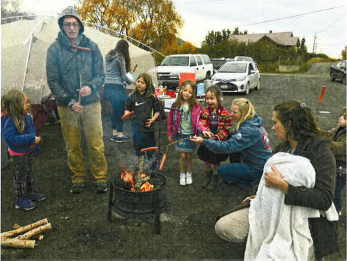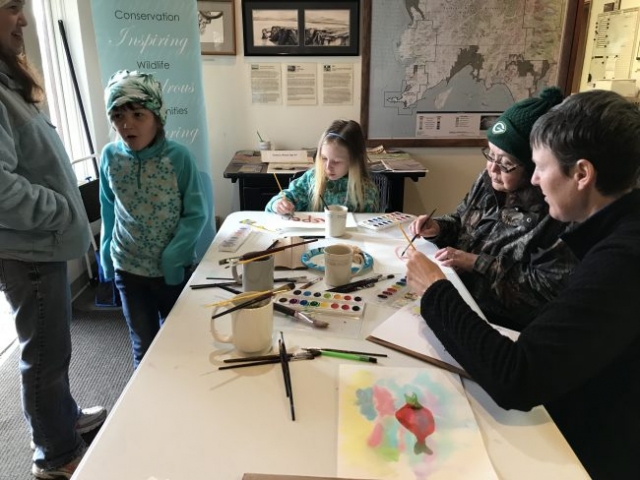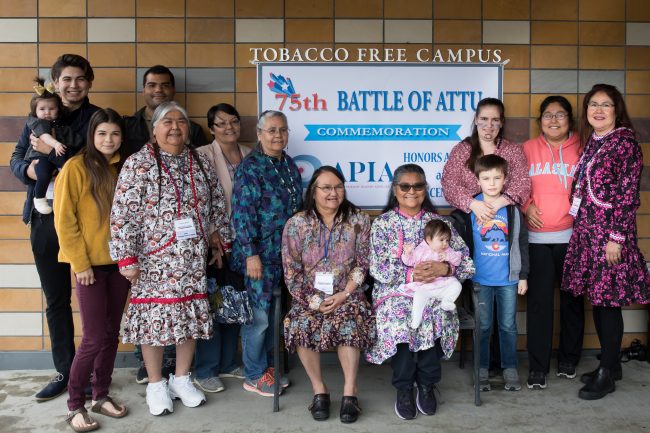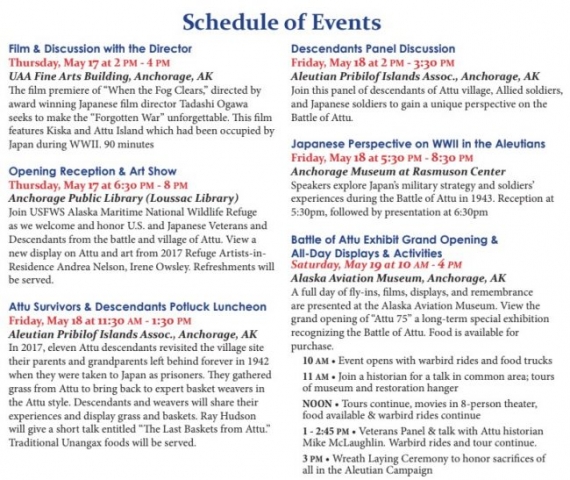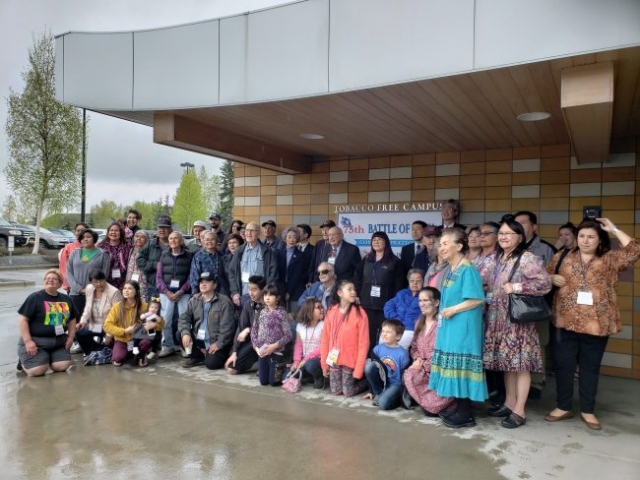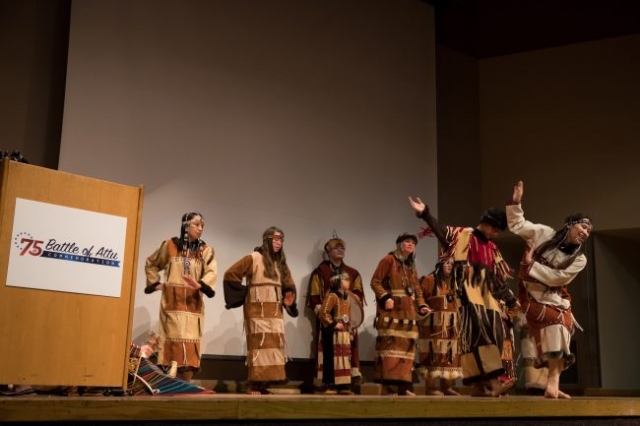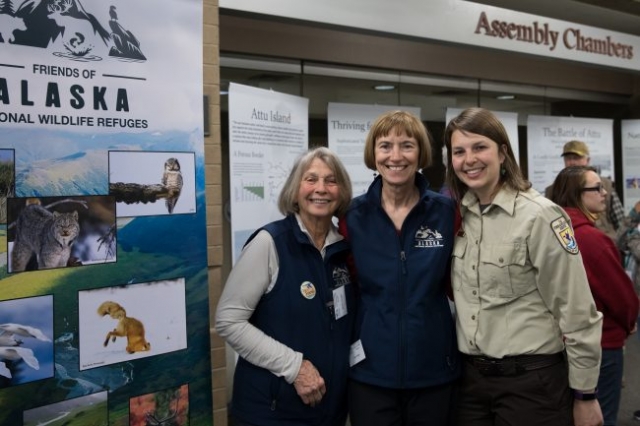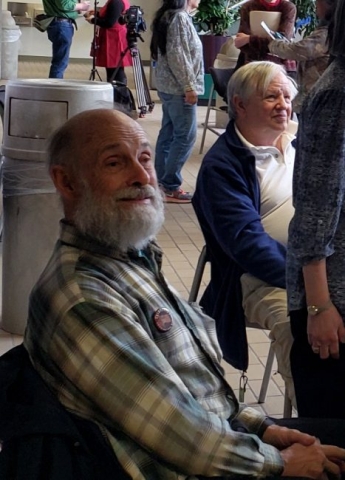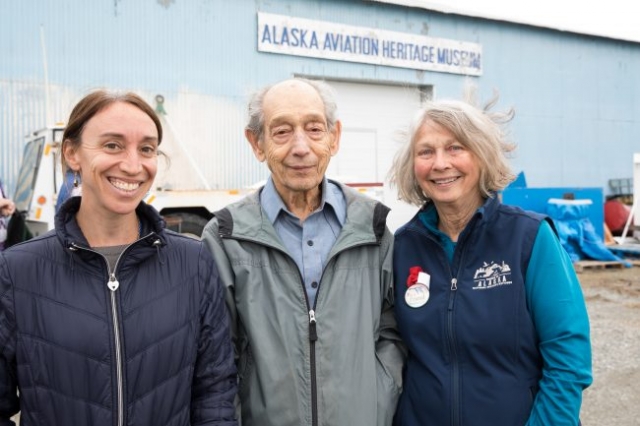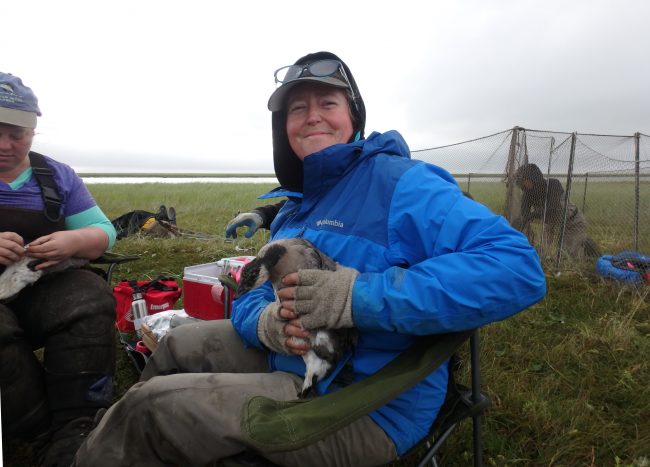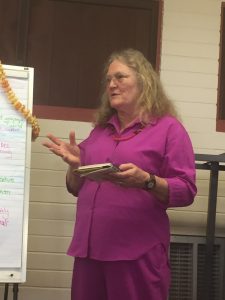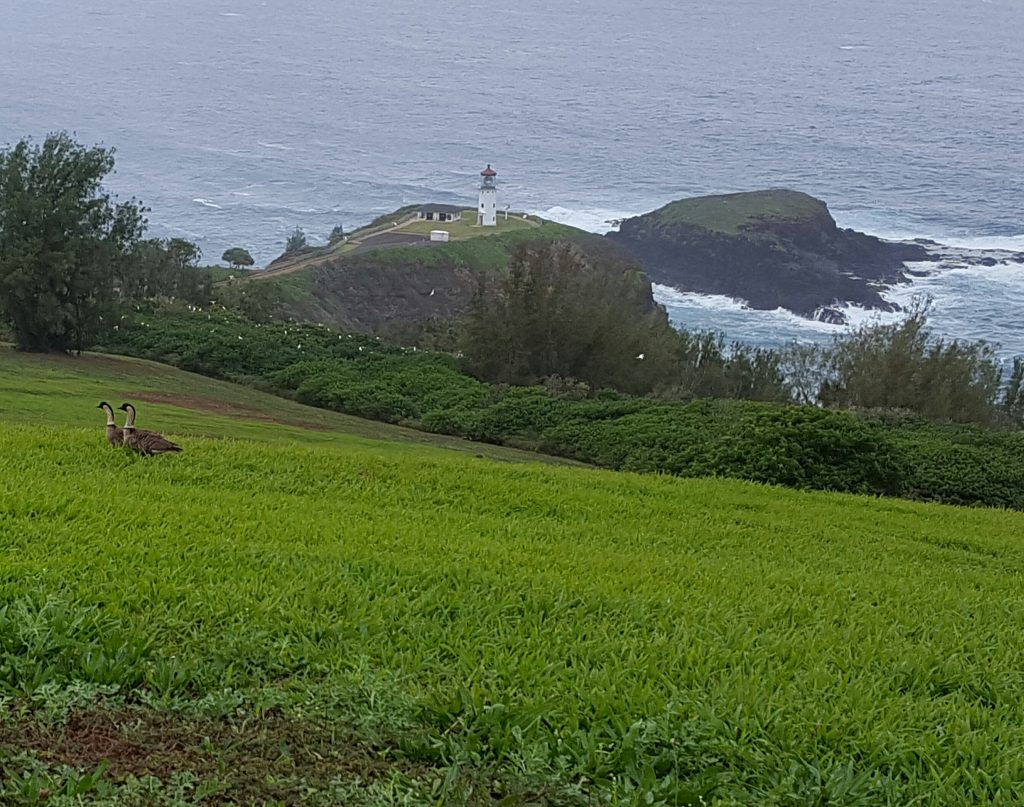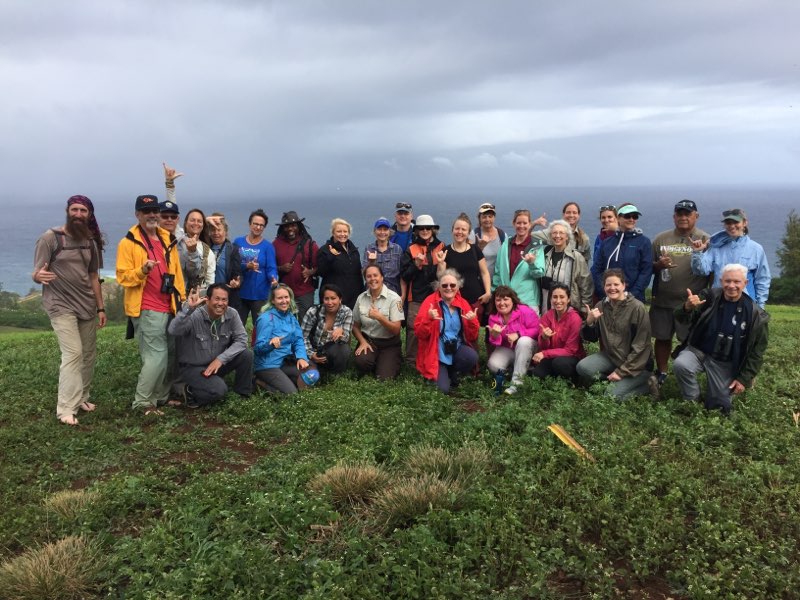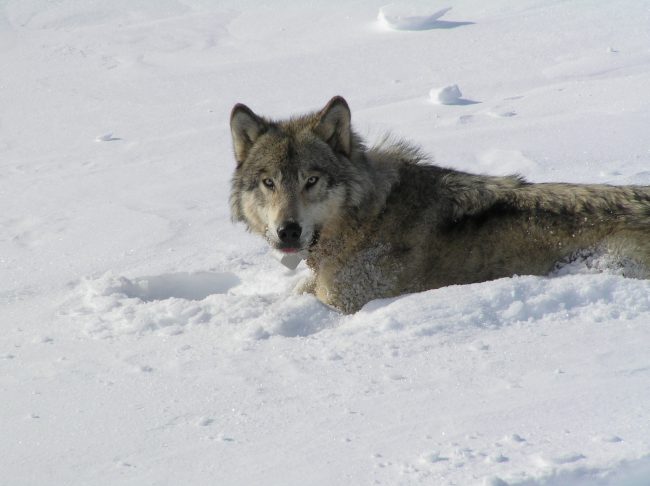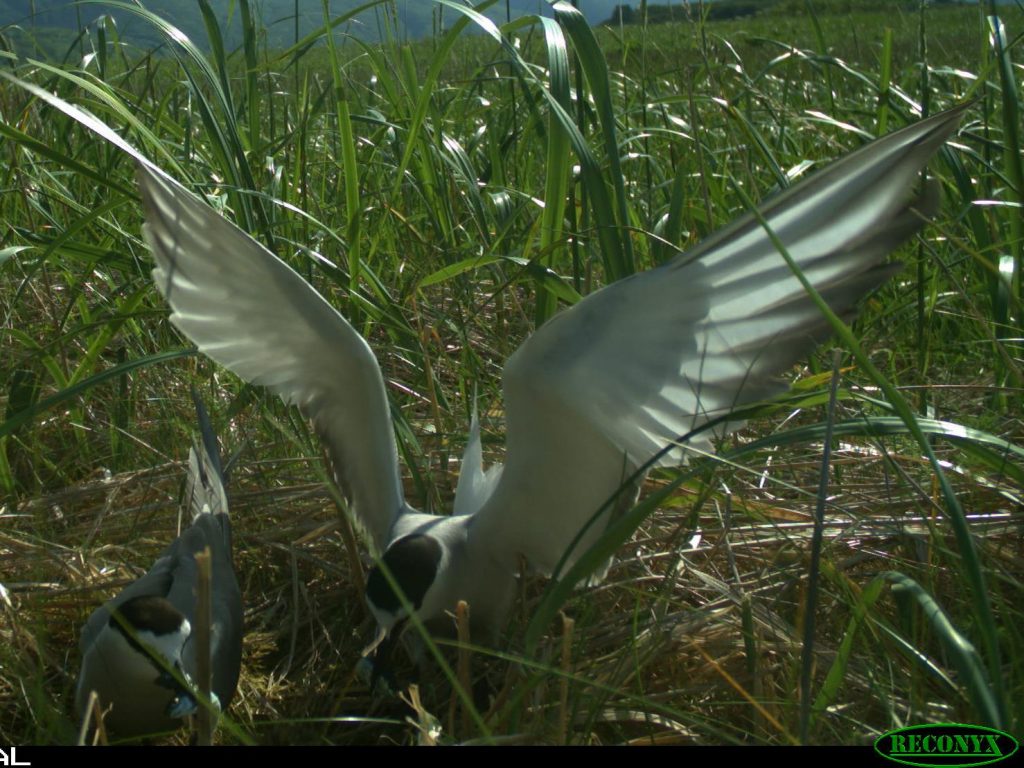Due to the ongoing possibility of another federal government shutdown, this meeting has been moved up a week (originally scheduled for Feb. 19th)
Please join us on Tuesday, February 12, 2019, 5-6pm, for the Friends membership meeting.
In person: Homer (Alaska Maritime) or Soldotna (Kenai NWR)
Call in a few minutes before 5pm: (866) 556-2149, code :8169747#
Guest Speaker Presentation:
Bill Carter – “A Permafrost Thaw Slump and Its Effect on Selawik River Inconnu (Sheefish) Spawning Recruitment”
In the summer of 2004, a retrogressive permafrost thaw slump (slump, mudslide) began dumping sediment into the Selawik River in northwest Alaska. It’s location above the spawning area of one of two Inconnu populations (Stenodus leucichthys) that share rearing and overwintering habitat in Selawik Lake, Hotham Inlet and Kotzebue Sound was cause for concern for local subsistence users and fisheries managers. The subsequent erosion of material from the slump has deposited more than 365,000 m3 (477,402 yd3) of sediment into the river, and the silt plume could be seen over 145 km (90 mi) downstream. The spawning area, only 40 km (25 mi) downstream, was threatened by heavy sedimentation. A population age structure study to explore the effects of the slump using otolith (ear bone) aging began in 2011, giving us pre-slump age data as the first recruits from the 2004 spawning event wouldn’t return until the age-9 (2014). Age structure data has revealed an interesting population dynamic not only in the Selawik River population but also in its sister population of Inconnu in the Kobuk River that is being used as an experimental control.
Download Bill Carter’s Presentation
Download Bill Carter’s Presentation (widescreen version)
*SIX meetings yearly: January, February, March, April, September, October
Agenda
Introductions and Discussion (5 minutes)
- Introductions: Where do you live? (Poppy)
- New People: Why did you join the call today?
- Reminder to please mute yourselves when you aren’t talking
Board Activities/Decisions–
- Refuge Projects and Reports (Betty)
Committee Reports (2-5 minutes each):
Volunteer Report – (Betty)
Membership/Outreach Events: Upcoming events (Poppy)
- Refuge Discovery Trip Report out
- Trips in the Works
- Art in the Arctic & Alaska Bird Conference
- Details for all on our EVENTS tab – on website; we’ll send more updates via newsletter
- Advocacy Updates (David Raskin & Dave Aplin)
- Arctic Drilling
Speaker/Presentation (30-40 minutes) –
- Bill Carter, Togiak National Wildlife Refuge
- Topic: “A Permafrost Thaw Slump and Its Effect on Selawik River Inconnu (Sheefish) Spawning Recruitment”
Next Meeting: Tuesday, March 9th, 5-6pm/ Guest Speaker TBA
SIX meetings yearly: January, February, March, April, September, October

